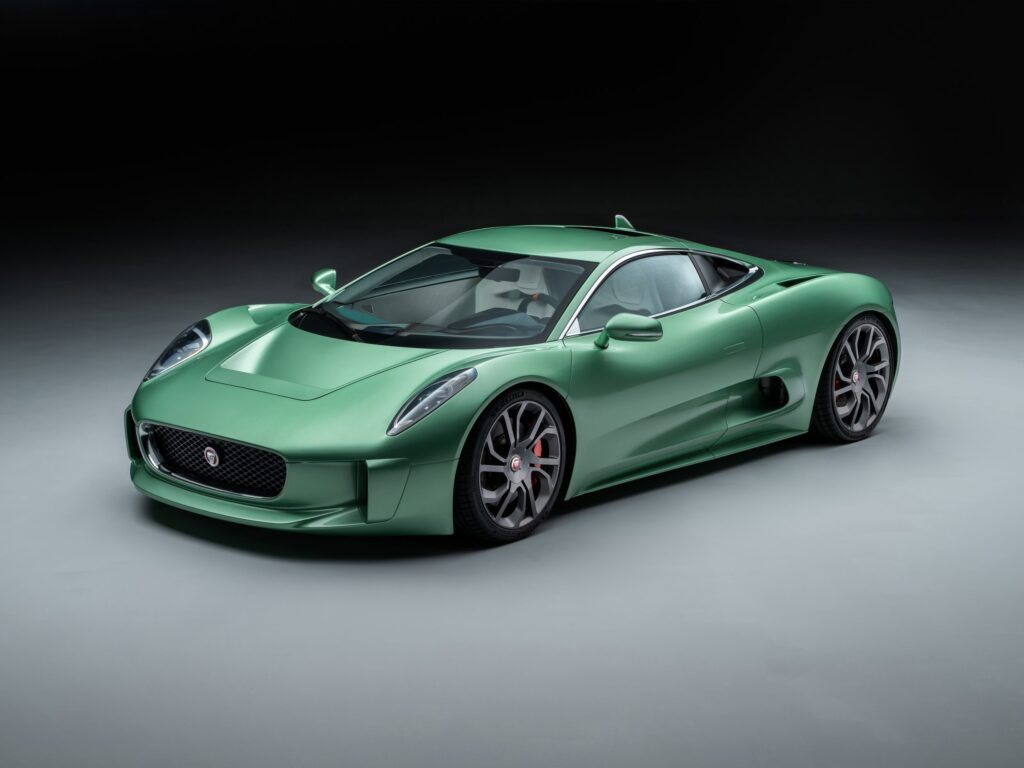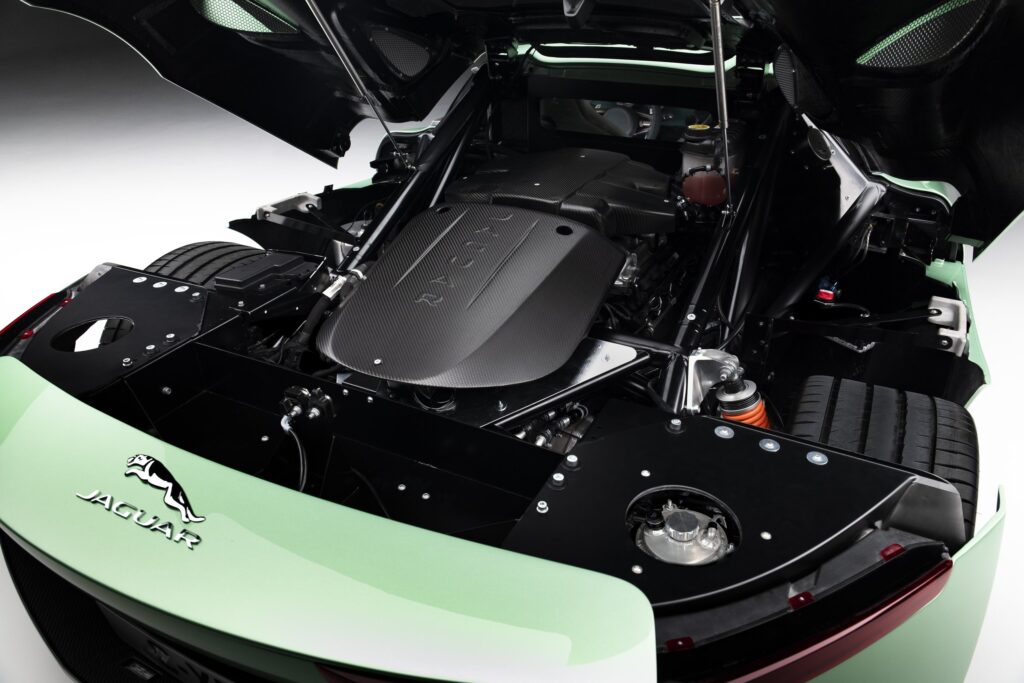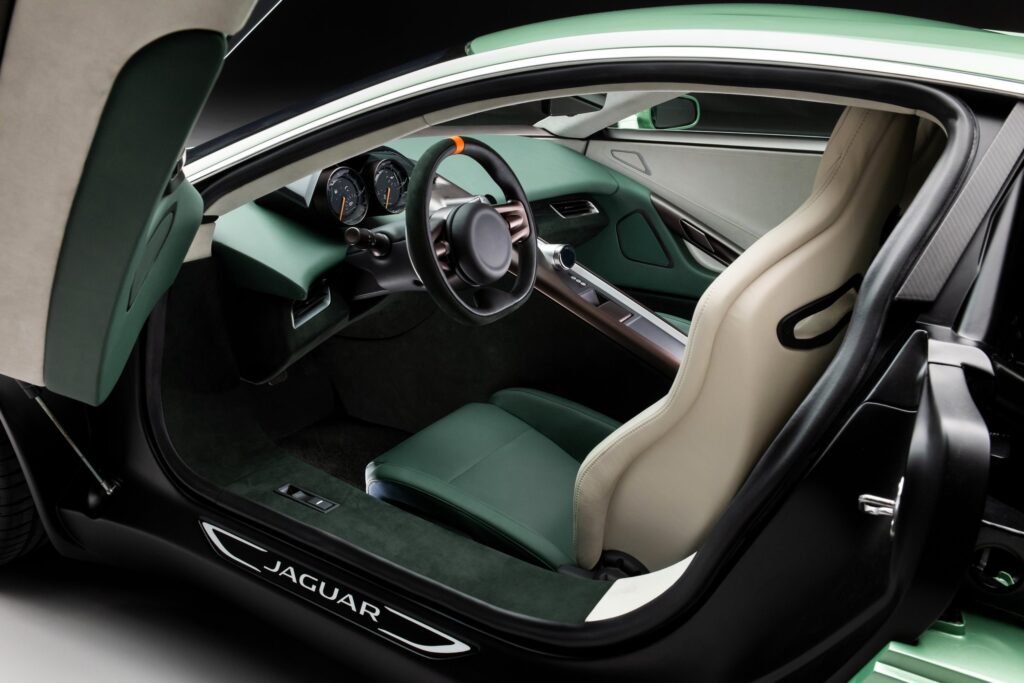Callum Completes Jaguar’s Abandoned Flagship Supercar
Based on one of the James Bond ‘Spectre’ stunt cars, Callum Design have built a true, drivable C-X75

Jaguar has an odd record of near-misses at making “halo” supercars. For those unfamiliar, though dedicated supercar companies exist — Ferrari, Lamborghini, Bugatti, and so forth — most car companies pay their bills by from selling ordinary family cars. And yet, they still want their brand to feel exciting, and so occasionally make a brand-topping “halo” supercar. It increase morale among staff, gets free media attention for the company, and ultimately brings more shoes into dealerships.
Toyota and Lexus did this with the incredible LFA. Mercedes Benz did the same with the SLS AMG. Dodge did it in the 1990s with the original Viper. And around the same time, Jaguar had a halo too, announcing the XJ220.
It was long, wide, and low, painted in silver, and was supposed to be the fastest car ever made, courtesy of a 6.5-liter V12, sending power through four wheels. But when it reached production, it was toned down. Gone was the four-wheel drive system and V12, and in its place was a 3.5-liter V6, sending its power through the rear wheels. It still was the fastest car on earth — for one short year — but the whole thing felt disappointing.

In 2010, Jaguar was determined to make up for that, and announced their new halo, the C-X75. The designer, Ian Callum, created a stunning vehicle — both classically beautiful yet utterly unique — and it had the engineering to match. Power came from four electric motors, but rather than use enormous batteries, it would power them through diesel-powered micro gas turbines. It sounded impressive, and had it reached production, would have shown that Jaguar could do more than make black sedans for older British smokers.
However, when they announced a limited 250-production run in 2011, the details had changed. Rather than using diesel turbines, it would add a 1.6-liter twin-turbo four-cylinder engine, which would work in parallel with the electric system. It was disappointing but sounded impressive — like a far more powerful version of the BMW i3 — until, in December 2012, Jaguar announced they had cancelled the production run.
Five development prototypes existed, and an uncertain number of stunt cars were made for the film “Spectre,” and that was it. After filming completed, four of those Bond cars were sold to private collectors., but though they looked like C-X75s, they were mechanically unrelated to the development prototypes, and were assembled stunt cars, with V8s in them.
And it looked like that was where the C-X75 story would end.

But in the intervening years, Ian Callum had left his staff designer jobs and started his own coachbuilding and design consultancy firm, Callum, where he has been making original products, and revisiting some of his original designs. So, when two of the owners of the stunt cars came to him, and asked about improving them, he happily accepted.
The second car, in green, unveiled today, represents a comprehensive update. Though the stunt cars looked right at a distance, they lacked craftsman precision, and the Callum team spent more than 1,000 hours adjusting the bodywork. They reduced the panel gaps, added brushed aluminum window surrounds, a polished metal grille, and carbon fiber accents to the tail, and have repainted the car in “Willow Green.”

Though the movie-car interior was stripped back, Callum has restored the interior, giving it the luxury feel expected had the C-X75 reached production, with polished metals, dark green and cream leather, and tactile switchgear.
Perhaps the more fundamental change is that this is a real car; not just a hacked together stunt vehicle, with a pretty shell. The Callum version has CarPlay, wireless charging, a custom sound system, and a hydraulic front lift. They took that 5.0L Jaguar V8 and paired it to a new seven-speed dual-clutch automatic system, and a heavily tweaked suspension setup. Even the active aerodynamics work now.

